Every year the problem of obtaining pure water without chemical and excess mineral impurities is becoming more acute. Moreover, if earlier it was relevant only for urban residents, today it is impossible to find clean water even far beyond the limits of civilized settlements. A exacerbating environmental situation forces people to resort to all sorts of water treatment methods - before it was elementary filters from natural materials, today they replaced more perfect analogs. In this article we will tell how to choose a water purification filter from sand for a well, swimming pool and domestic use.
Criteria for selecting a filter for water purification
The task of any filter is to purify water from foreign impurities capable of providing a detrimental effect on human health or the work of sanitary devices. Such impurities include mineral organic and inorganic compounds, garbage, metals, any biological or chemical compounds. Today, in the market you can find a huge variety of filters of various spectrum of action and cost, so to choose the appropriate, it is necessary to clearly understand the principle of operation of such systems.
Buying a filter for cleaning water from small sand, metals and other impurities, you need to be aware that the universal device can not be. Each model is calculated for a certain type of water pollution, its intensity and purification duration, therefore, the performance indicators will differ.
The first factor in the choice of the purification filter is to analyze the water from which he has to work. You must clearly represent how clean this water should be after passing through the filter, and it depends on what needs to be removed from it. For example, if you simply need elementary mechanical cleaning from large sand and other sodes, a sufficient primitive coal filter. And if you want to obtain crystal clear water with a minimum content of salts and metals, the device is sensitive to small impurities. In the photo below - a tip of the city apartment in the context:
Another important criterion is the required amount of pure water. So, if you use it only for drinking, you can do the pitched filter, and if it is needed for the operation of household appliances, swimming and pools, you will need a powerful system installed on the main source: plumbing or well.
The cost of the filter of mechanical water purification is also not in the last place, but still do not be guided by choosing only this criterion, as many economical owners make. It is necessary to understand that this is a pretty young market segment, and therefore there is a risk of acquiring an expensive advertised, but poor-quality or inappropriate product for your situation. The cost is weight, but first it is necessary to deal with the two above factors, and only then select a model in a suitable price range.
Water purification methods
There are several ways to clean water from unwanted impurities. Each of them copes with its task in different ways, acting to a greater or lesser extent on certain groups of impurities. It follows from this that you first need to analyze water and understand that you need to remove from it, and only then select a filter with the appropriate cleaning method.
So, what methods of water purification from sand exist:
- Mechanical is the simplest method of filtering, which allows you to remove large mechanical impurities from water. There are models of coarse, fine and ultra-thin filtration. They differ in the sizes of holes passing water - the less the diameter of the holes, the more impurities delays the filter and the cleaner the outlet water. Rough models detain unwanted particles in size 5-500 μm, thin - 0.5-5 μm, ultra-thin - less than 0.5 and even some types of bacteria. Filtering elements are usually metal grids or polymer materials.
- Electromechanical - relatively new method, which is actively developing and allows to obtain sufficiently clean water in the required volume. In short, the principle of operation is as follows: water is subjected to electrolysis, which provokes oxidative reactions that destroy harmful compounds, viruses and bacteria.
- Sorption is a partial purification of water from chlorine and various organic matter while preserving useful minerals and salts. In most cases, coal acts as the main cleaning element in such filters. At the end of the article, you will find the instructions for creating the simplest coal filter with your own hands. Sorption instruments are used in almost all water purification systems, but they have a serious drawback - the filter over time accumulates delayed impurities, which contributes to the development of the pathogen medium. Prevent such development of events helps silver, since it has a powerful bactericidal effect.
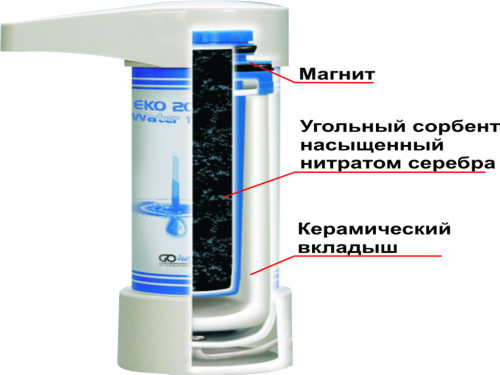
- Ion exchange is to get rid of water from sand and other impurities using ion exchange materials: polyphosphate crystals or a conventional salt. As a result, magnesium and calcium ions that form water rigidity are replaced by safer ions. Such filters are often used in cities, since local water running through the pipes is very tough.
- Oxidation - During filtering, foreign impurities are oxidized and transformed, and the result of which they are becoming easy to filter. Oxidative filters allow you to remove iron and manganese from the water. They are used for pre-cleaning before applying a more sensitive instrument.
- The membrane - various membranes from polypropylene, acetatecellulose and other materials are used as filter elements. They are able to delay almost all unwanted impurities, leaving only the water molecules themselves. Reverse osmosis filters that are gaining popularity among adherents of a healthy lifestyle belong to membrane devices. The only drawback is to work the filter you need a certain pressure of about 4 atmospheres to push the water through the membrane. In multi-storey houses on the upper floors, water pressure can be at all 2-2.5 atmospheres, so it is necessary to pre-check and install the rising pump.
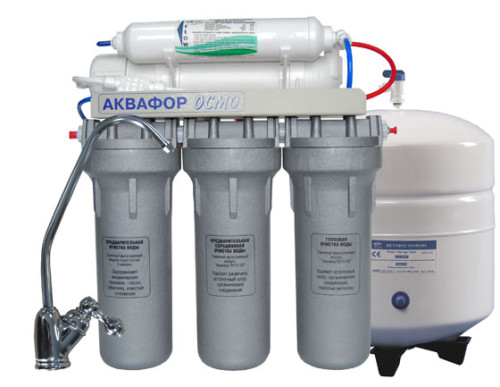
In modern water purification systems, several methods are often used, for example, mechanical with sorption or membrane with ionic. Choosing a cleaning method, remember that the worse the quality of the source water, the stronger it needs to be cleaned. Therefore, for any urban apartment, a powerful thin or ultra-thin filter will be required, and for cleaning water from a well somewhere in a mountain village there will be a rather coal coal appliance.
Useful advice: It often happens that water is suitable for drinking and cooking, but for modern sensitive plumbing, it is too tough (a thick layer of the plaque remains). In such cases, to mitigate the water input to the instrument, an inexpensive filtering technique with polyphosphate crystals are installed. Periodically, they need to be changed, but it will be easier and cheaper than to brush the technique from the plaque.
Types of filters
Depending on the scope of application, household filters differ, for pools and wells. They differ in productivity and cleaning quality. Consider each type of species in more detail.
Household filters
Household filters There are a lot, but all of them can be classified at the place of installation: accumulative (pitched and more powerful), various taps on the taps and mixers, flow desktop (on the sink), trunk (cut into the system). The most simple and inexpensive are pitched filters. They can be found in any home appliance store. The principle of operation is very simple: the jug consists of the upper and lower compartments, the water is poured into the top, it seeps through the filtering replaceable cartridge to the lower at a speed of 100 to 500 ml / min. One cartridge is enough for cleaning 150-400 liters.
Such filters are economical, universal and easy to use, but the performance of their very small - water is enough only to drink and cooking. Another thing is flowing filters in the form of taps. Although they are small, but much better cope with water purification coming directly from the water pipeline. By the way, in compactness and mobility consists of their main advantage - such a filter can be easily taken on the road. Unfortunately, the performance of such devices also leaves much to be desired - only 200-500 ml / min, and the pressure from the crane is inconvenient. One filter is able to skip through itself from 300 to 1000 liters and will last about 203 months.
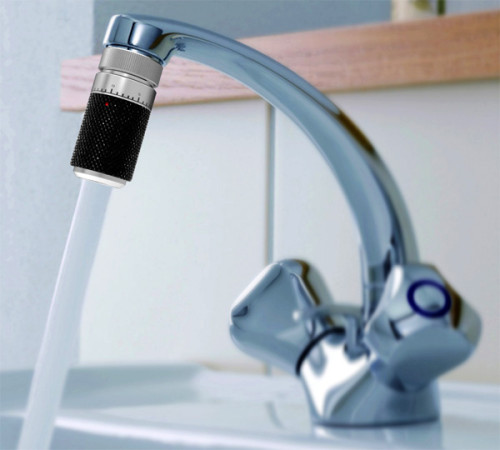
Useful advice: There are filters-nozzles with switches that guide the flow of water by. That is, if you need to wash the dishes or dial the bath, it can be done with a normal water pressure, putting it by the filter. And if you want to drink or dial water into the kettle or a pan for a broth, switch the stream to the filter.
Flowing filters are characterized by a greater productivity (up to 2 l / min). They are installed on a sink in the kitchen - a separate small housing with a crane, connected to the mixer or a tap of the flexible hose. Such a filter is able to skip up to 4000 liters. The only nuance - they occupy a place on the sink, which is not very convenient. For this reason, many choose main filters - they are mounted directly on the water supply. The system may consist of various cartridges that give multistage mechanical cleaning or even 100% deliverance from impurities (reverse osmosis). The main advantage is that you get clean water with a good pressure, just opening the crane. Over time, of course, it is necessary to replace filter cartridges, but this condition is for all such devices. Installation of the system with your own hands without professional skills is impossible - it is better to trust a qualified technician.
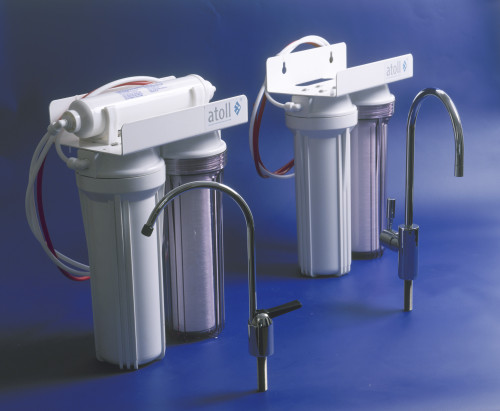
Useful advice: High-quality stationary filters are always expensive, so if you are offered a budget model, arguing that it will clean the water from any impurities, most likely, it is capable of rude filtration.
Filters for pools
Any pool needs to install a filter for water purification from sand. Otherwise, it will last much less laid. Almost all similar installations for swimming pools consist of a filter and a pump connected to a water source.
There are three groups of filters used to clean the pools:
- Sandy is the most popular variety due to low cost and ease of use. With a competently constructed water intake system, such filters stop impurities from 20 microns, which is quite enough for most private and public swimming pools. The purity of cleaning also affects the size of the fractions and layers of the filter sand. If it is necessary to remove fine calloride impurities from the water, the coagulant is used as a filter element. It connects microscopic particles of impurities in flakes, and the filter can delay them. Sand filters look like special chambers made of polyester, thermoplastic or reinforced fiberglass, equipped with a pressure gauge and valve. The valve can be six or four-position. The pressure gauge determines the degree of filter contamination and allows you to rinse it on time. For washing, use the built-in valve and the connected pump, which drives water under strong pressure. The efficiency of such a filter depends on the correctness of the calculations - select the power of the model is necessary in accordance with the size of the basin and the amount of filter water. The main disadvantage is large sizes that require a separate room or zone for installation. Despite this, sand filters are most popular compared to the rest.
- Cartridge - filtering elements are propylene membranes, delaying inclusions of 5-10 μm in size. They are quickly clogged, but they are inexpensive and easy to replace them with their own hands. Unlike sandy cartridge installations more compact, which allows you to install them near the pool and not to spoil the design. At the place of installation distinguish external and attachments. The latter are mounted on the edge of the frame or stationary pool.
- Diatoms - apparatus capable delay impurities up to 1 micron. Diatomaceous earth (filter element) - a unique powdery substance of fossilized algae and invertebrates. Microporous organic structure not only effectively removes the water, but also enriches its useful microelements and has a bactericidal effect, contributing to the improvement and skin rejuvenation. At home water treated in this way it is called a silicon and is suitable for drinking, treatments and cosmetic procedures. This is one of the best water filters from the well. He himself is a rather large collapsible barrel with pressure gauge and valve. Layers of diatomaceous earth are uniformly distributed across the flexible filter elements, through which the water passes. Unique cleaning system provides high-quality performance, but because the cost of such devices is quite high and is several times higher than that of the sand plant.
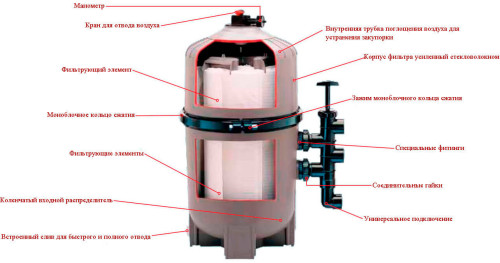
Simple filter their own hands
If you need a filter for well water in the country where you are coming only in the warmer months, there is no point in buying expensive automated installation. In this case it is better to make a simple and inexpensive filter from scrap materials. So you get the water suitable for drinking and cooking.
The operating principle of this, I may say, the device is extremely simple: the water passes through the natural filtering material to retain large unwanted inclusions. As this material can act not only sand, but also wool, gauze, paper, cotton or linen cloth, coal and even grass. Gauze and paper filters do the job well, but are very short, but the coal plant is suitable for regular use.
In the video below detail how to make a simple carbon filter for the house with his own hands, but to improve the cleaning efficiency, you can use several types of filtering elements. Try to pack in layers or wood activated carbon, sifted river sand, gravel, grass, and the output will get not only clean, but also useful charged water.
Scientists have long proved that water is capable of instantly change its structure, and, accordingly, properties under the influence of various factors: sounds, light, energy background. Imagine what kind of charge can be water that has passed through old rusty plumbing highways, and then resulted from the crane in your apartment. It is unlikely that it will have a beautiful neat structure and useful properties. But in your power to change this picture, drove water through the right filters - sand, minerals, coal.
Such a filter for well water can be used in urban environments if there is no possibility to establish a high-quality system on the highway. In any case, water will be cleaner and more useful. Charcoal can be bought in the horticultural store or make it yourself, leaning in a metal container of hardwood wood. Conifer to use cannot be used because it contains a high resin concentration.

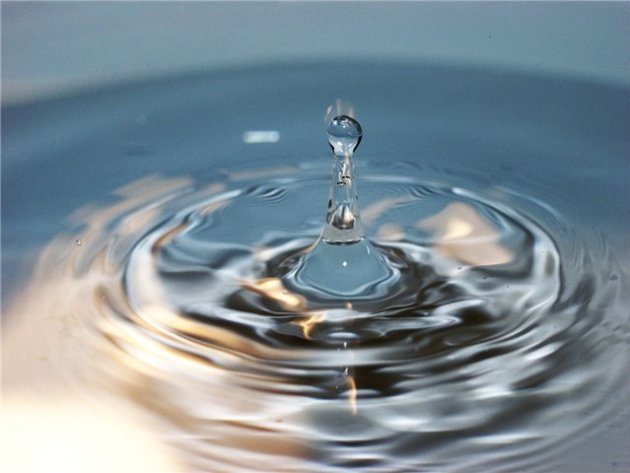
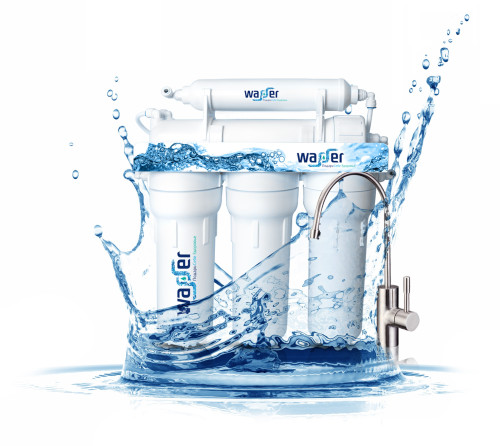
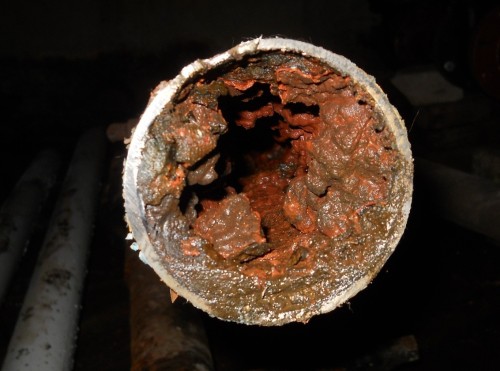

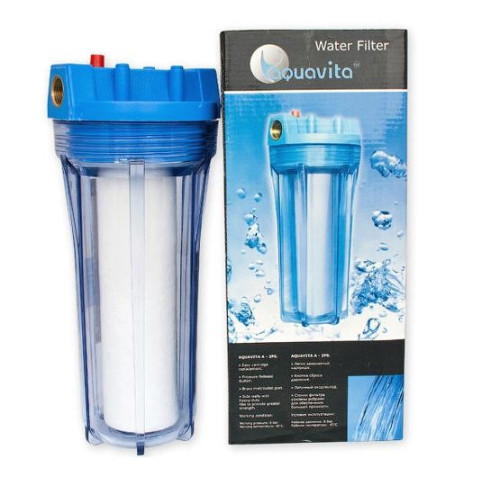

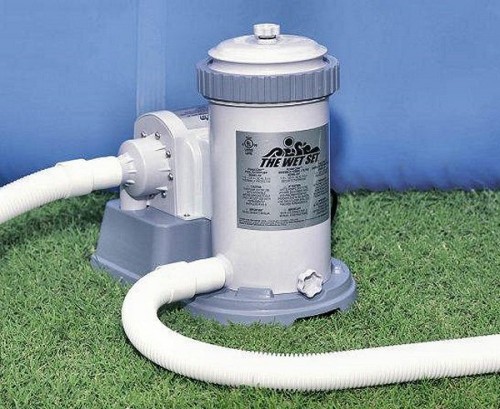
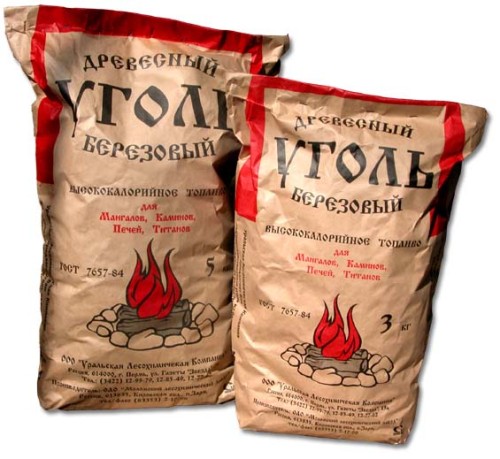






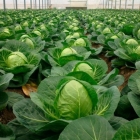



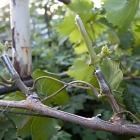

 Start a discussion ...
Start a discussion ...